1st month of PRI Practical Diploma at PRI Sunshine Coast, Australia
I have been traveling around the world for the last 5 years working on permaculture projects and communities in several countries. I shared my nomadic journey in 2 articles which you can see here and here . I decided to settle down for a while and bring my knowledge and experience in managing permaculture systems to the next step.
I got the chance to participate in the Practical Permaculture Diploma offered by the Permaculture Research Institute Sunshine Coast here in Australia on a scholarship basis. The practical approach , being able to learn practically valuable self-reliance and life skills attracted plus the accessibility me to join this program.
As David Holmgren beautifully said 20 years ago and which I also deeply resonate with : ¨Permaculture, in its basic principles and its various forms of practical expression, has much to offer in personal and societal transcendence of addictive consumerism and its replacement with a creative abundance.¨ I felt motivated to make a change, to really be able to re-gain practical skills that have been lost along to way during my life time in a comfort consumer society.
Let me explain to you here a little bit of what I have learned and experienced so far on site in just over 1 month working practically at PRI Sunshine Coast. I hope it helps people to get a better understanding what it takes to manage and run permaculture systems (which ultimately is dealing with evolving living complexity as well as simplicity ). Another outcome would be to inspire you to join one of the future practical programs offered and get a step closer to the new regenerative culture we aim to create together !
We are located on the beautiful Sunshine Coast near a village called Kin Kin in a wonderful subtropical climate. PRI Sunshine Coast is 12ha in size and run by Tom & Zaia Kendall. Once I arrived I immediately started to appreciate and enjoy the natural beauty of this area and all the trees and forests plus amazing bird concerts all around us. After having spend lots of time in the more troubled ecosystems of the world I really appreciate spending time in surroundings like this.
I first started to learn and work here on site with Choko, Anna and Toffee, our beautiful lady cows starting at 6am feeding them organic Copra (a residue of the coconut oil pressing process) and a spoon of minerals. As some of the pastures are not yet established to its fullest potential, milking Choko while playing nice calming classical music to her and after checking all of the 3 beauties for ticks.
Afterwards we lead them into one of the 25 grazing cells that are rotationally grazed here on site, for 2-3 days each at a time. They can have some good times out there eating lots of grass, dropping their manure and pee plus trampling down weeds and disturbing the soil surface. This then makes it easier for us the sow in a seed mixture with our wanted pasture plants: a mix of running grasses, clumping grasses and legumes. This system of cow grazing management has been inspired by Holistic Planned Grazing or Rotational Grazing and it’s really exiting to get the chance to work and experiment with this type of management.
In the evening we again go out to bring them back into their secure, rain protected night time shed. We routinely check for ticks, feed them plus milk Choko once again. The milk will be used to make cream, butter, yogurt and cheese which I also learned to make in my first week here. I felt very empowered and motivated to be able to milk Choko after just 2 weeks of learning and feel confident to lead them in and out of their grazing cells.
The manure that we collect in the morning from the cows goes into our Bio-Digester that supplies about 1/3 of the gas for the cooking needs of 9 people (Tom & Zaia, Volunteers & Students) currently living on site. The Biogas Sludge that comes out at the end of the process of extracting gas is used to make beautiful high quality compost that we use in our gardens to grow vegetables. I really appreciate and value seeing such closed loop systems functioning in action.
Usually after the morning animal routine is finished around 7.30am we have a delicious breakfast made with love and no wheat or other grains by Zaia. It is always a pleasure to have such a delightful and energetic start to the day. You can find some of her recipes here.
After breakfast we usually start our day with some of the rotational community tasks like washing dishes, sweeping the community space, cooking or emptying the compost toilet. Once those task are finished we transition into the farm related tasks to be accomplished during each week.
Personally I have learned by being in many different communities and projects, that to keep a Permaculture Farm, Community or Learning Centre running successfully it works well to involve everybody staying on site in rotational community tasks. This fosters a sense of involvement, community spirit & empowers people to take care of themselves and others and learn to be involved in all parts of the process going on in a project.
Management and clear communication is a key factor in keeping things flowing smoothly. Here on site, we have a rota set up with the tasks clearly outlined and at the start of each week we have a quick gathering and establish daily and weekly goals and tasks to be accomplished.
Bigger projects on the property include getting timber from a neighbouring property to make fence posts, planting out lots of new vegetable seedlings in the vegetable gardens plus, as rainfall is exceeding evaporation, lots of chop and drop in the food forest and swale systems.
What I have learned in the last weeks of doing lots of chop & drop in the Zone 2 Food forest and Zone 3 Swale systems is really quiet amazing and crucial to be aware of. We have lots of legume support species like Pigeon Pea (which needs pollarding) and Crotalaria, Cassia, Senna (which needs coppacing, like Tulsi and Mugwort). This then cycles the nitrogen of the legume species and also the biomass back into the soil and concentrates the energy in the form of mulch around our valuable fruit or nut trees to give them a good boost for the next season ahead.
Also we have a good look around to find any grass that has made its way into the system. As we want to have fungal dominated soil in our food forest system, we really want to get the grasses out! Next thing to be aware of is any climbing legume vines that are taking over or strangling our valuable fruit or nut trees or even our support species. We cut them back a bit and use the biomass as mulch on the ground, we really don’t want to export any of the nutrients created in these systems so we drop the biomass on spot!
Another job to be done along the way and to give multiple functions to our visits in the food forest system is to have a look at our trees if there is any pruning needed. This may include new suckers coming up under the graft or branches growing into the wrong directions.
A useful tip, we mark the valuable species with a pink tape to make them more easily visible in the system. This also helps let new people coming in know not to chop down valuable trees or plants. Our tools have pink spray or tape on them to make them visible in these human created jungles in case they drop on the ground!
Sometimes as a newcomer in those systems it feels like everything kind of looks the same, just green and brown everywhere but after Tom pointed out to us a couple of species it becomes totally different. You start to see a pattern in the food forest system, a stacked multilayer diversity of plants, all fulfilling a function and supporting the system towards maximum stability and productivity. A lovely landscape to work with and satisfying to spend time in, it was one of my favorite jobs this month!
We have started to maintain a Zone 3 Swale system on a slope of the property, getting the grasses out and re-mulching the entire swale with chipped biomass mulch. We created weed barriers with big logs that we cut on site. We focused also on promoting more of the pinto peanut, our preferred ground cover in those systems which we hope will cover all the swales’ surfaces soon.We also plan to put sawdust in the swale ditch to prevent weeds and encourage the pinto peanut more in there.
It feels so exiting and motivating for me to be having the chance to observe how these systems are going to evolve and develop over the next couple of months.
Also we went to two local Permaculture group meetings of Permaculture Noosa and Permaculture Gympie. I hope to continue being part of these meetings regularly as I find it important to relocalize and be connected to a local network of permaculture practitioners sharing their experiences.
Unfortunately the Permaculture Noosa meeting got canceled as almost no people came. We had big rains that day and Cyclone Marcia was moving trough the country. We had a rain event of 138ml in one day and we got the chance to see the Dam and Swale systems on the property in action.
It was so great and powerful to see the huge swales and dam filling up, catching and storing energy and slowly infiltrating the precious resources water into the landscape. After such a big rain event we really could observe here on site how the earthworks benefit the landscape, hold water, prevent run-off and overall benefit the system in holding, spreading and sinking nutrients and moisture into the soil.
In the vegetable garden we had lots of work to do, which kept Khadija (the Certificate student) and all the volunteers very busy. We were weeding, re-shaping bed edges, re fertilizing (with our composted biogas sludge) and mulching followed by planting out many new vegetable babies.We are looking forward to harvest some of the crops ready for eating soon!
We also went for an amazing trip up to Noosa Heads together ,as the 8 week practical training was at its half time period. Tom & Zaia decided to surprise us with having a barbecue and chocolate cake at the beach and on the way we visited a consultation site which Tom and the students have been working on for a couple of days to installed a swale system for a client. What a beautiful day and good opportunity to connect to each other outside of the farm and working routine.
Overall I fell like I have learned so much already in this first couple of weeks here at PRI Sunshine Coast, met great people and enjoyed great food and environment here on site. I feel grateful for having this opportunity and will keep all of you posted how my learning and practical work here continues over the next couple of months as I plan on writing an update every 3 month from now onwards. This is just the start of an exiting practical learning phase and much hard work ahead…….
See more here at my blog and you tube channel :
https://www.soil-sun-soul.blogspot.com.au/
https://www.youtube.com/channel/UCWW4w0qi2rAJ8TeCyPl3ttQm
and more infos about PRI Sunshine Coast:
PRI Sunshine Coast website : https://permaculturesunshinecoast.org/
PRI Sunshine Coast You tube: https://www.youtube.com/user/permacultureSC
On the World Permaculture Network at permacultureglobal.org
Roman Eisenkoelbl here
PRI Maungaraeeda, Sunshine Coast here



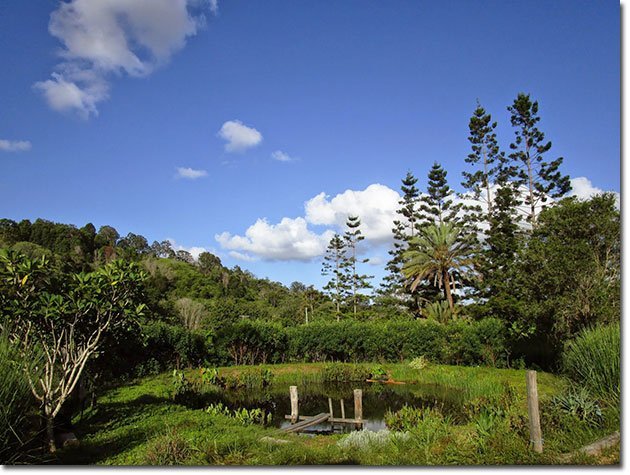


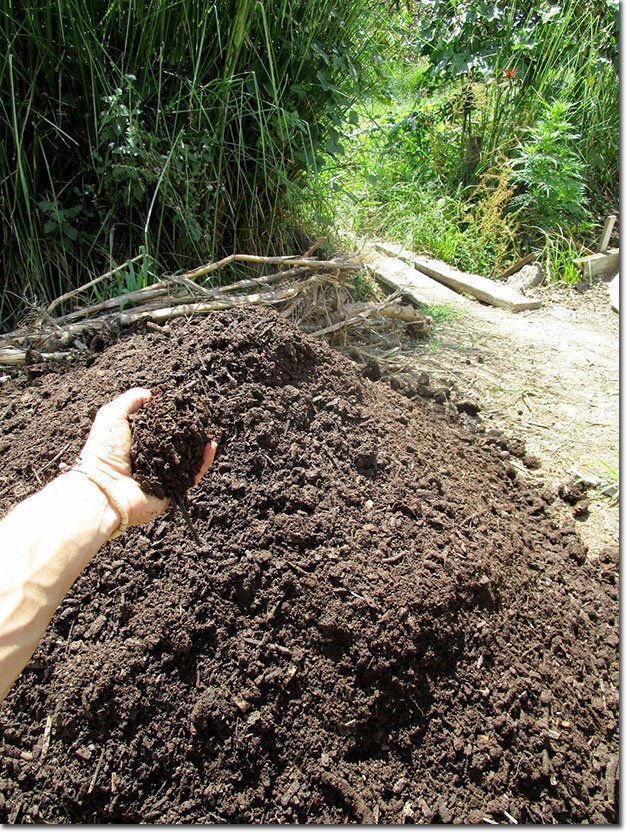

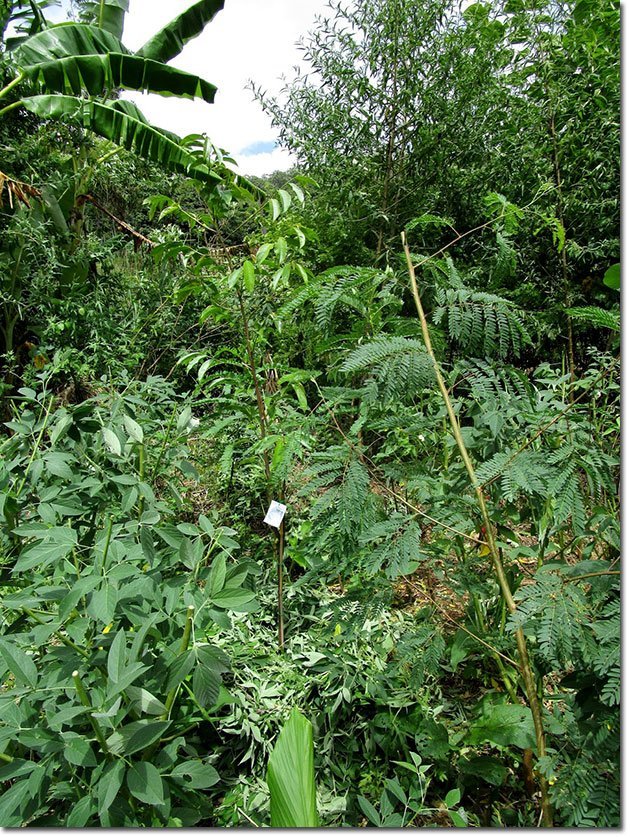
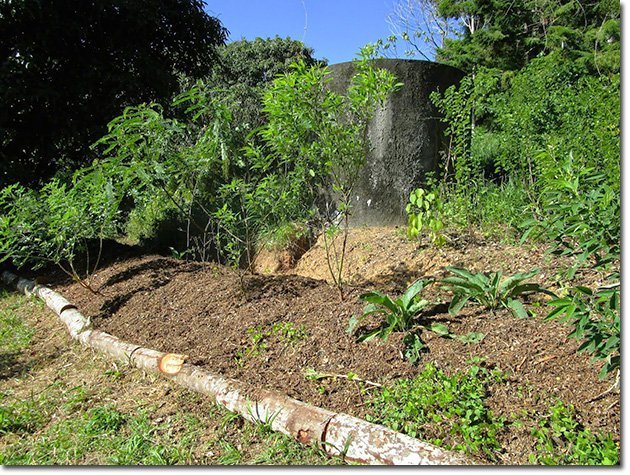
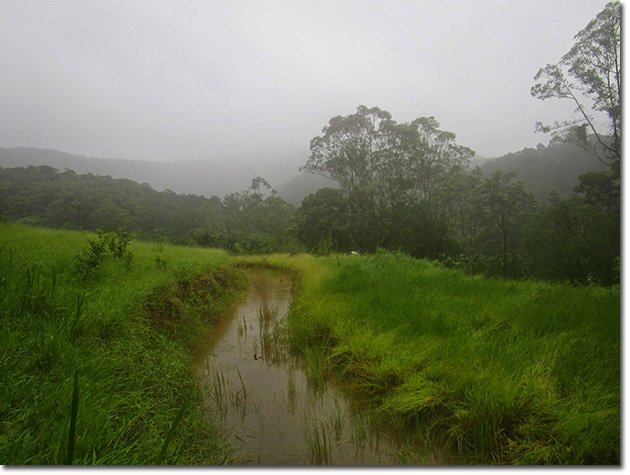

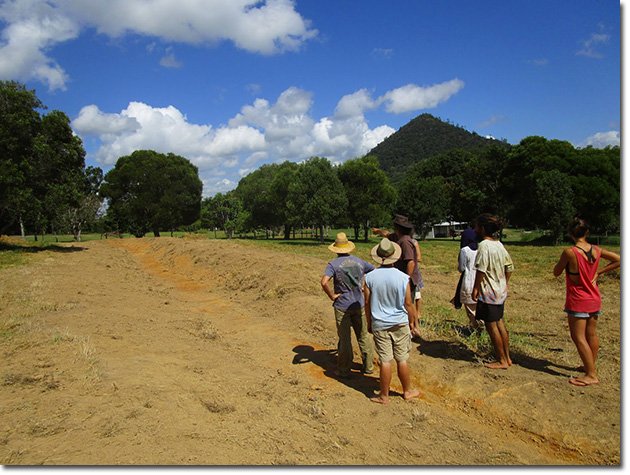
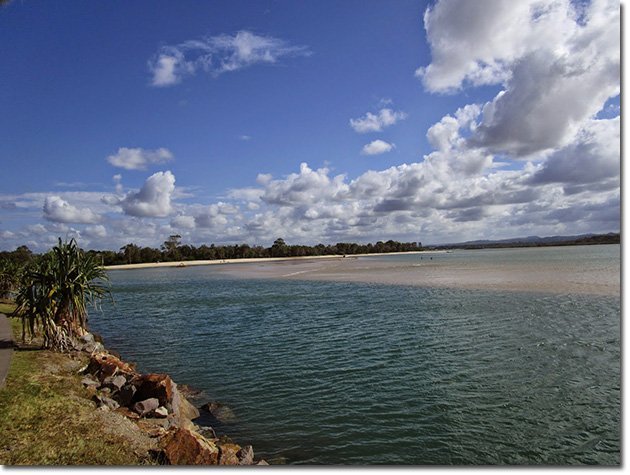










Nice to see what’s happening there, thanks for the write-up